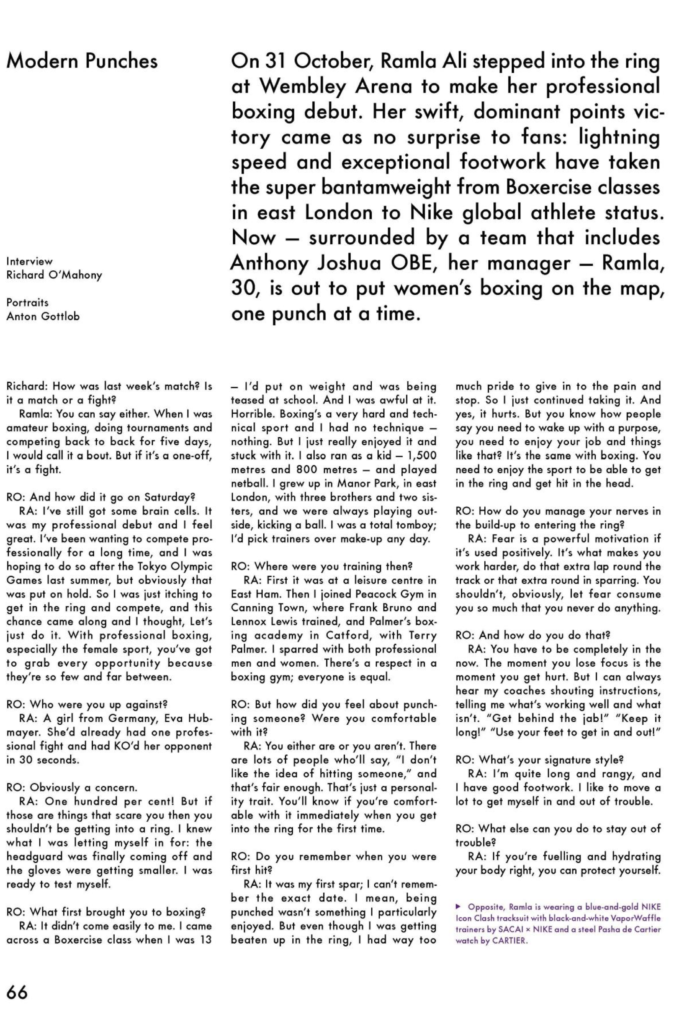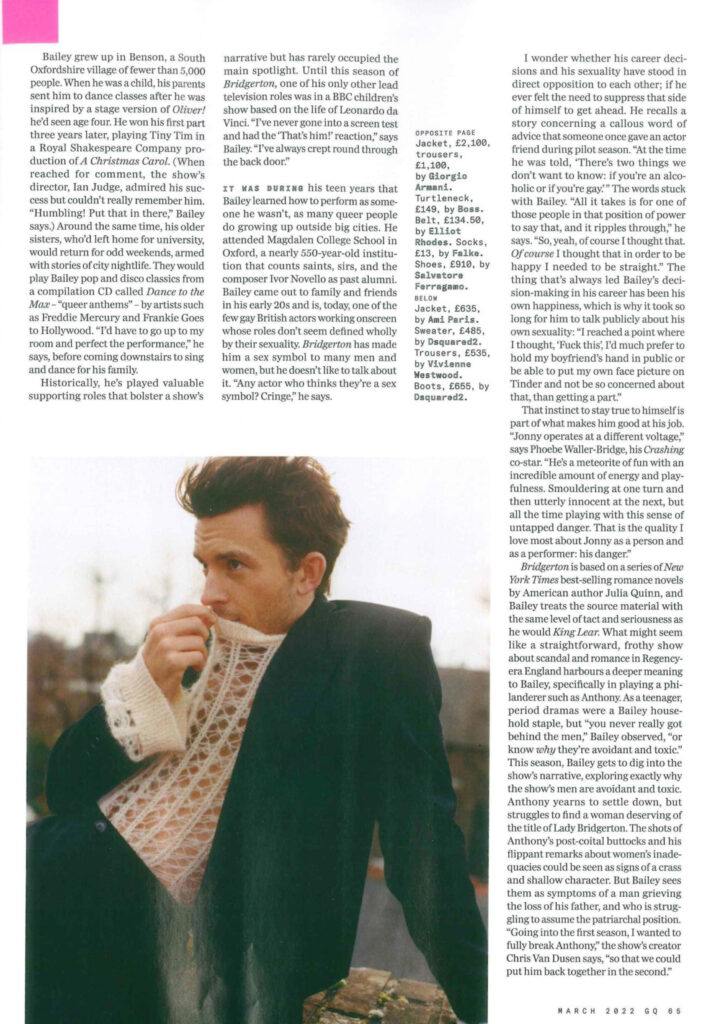Audiences
recap uses and gratifications theory
Uses and Gratifications
Explore the different reasons why we seek out particular media products to satisfy our needs and desires.
The Active Audience
Think about the following situations. When you sneak popcorn and drinks into the cinema to watch the latest blockbuster with your friends, does it really matter what’s flashing on the big screen? When you are travelling somewhere on a bus, do you scroll through your social media feeds to simply pass the time? How long do you spend flicking through the options on Netflix to find something suitable for background noise? Are you reading this page because you want to develop your understanding of the relationship between the audience and the media?
Put simply, what motivates you to consume a media text?
Research consistently dismisses the concept of a passive audience who simply accept the message delivered by a media text, especially with new digital technologies offering a more interactive experience. Since the media does not have a profound or powerful impact on the audience, the uses and gratifications theories attempt to explain why we deliberately choose to engage with certain texts. In other words, why do we use the media and what gratifications can they provide.Contents
Uses and Gratifications Theory
Published in 1972 and widely regarded as the most complete version of the Uses and Gratifications Theory, McQuail, Blumer and Brown’s model of mass communication lists four categories: diversion; personal relationships; personal identity; and surveillance.1
Diversion
Lots of media texts provide a diversion from the stresses and strains of the real world and everyday life. We enjoy the easy distractions of romantic comedies, the thrills of big screen blockbusters and the conventions of fantasy and science fiction. When we are revising for tough examinations, listening to the radio or streaming our favourite playlists is a tried and tested way to release the pressure. Computer games offer a very interactive diversion: we can escape into new worlds, feel the excitement of battle royales or take our favourite sport team to the top of the league.
Put simply, audiences want to be entertained.

In recent years, Marvel has been the most successful franchise at the box office, grossing more than $17 billion in ticket sales and critical acclaim. With awesome visual effects, an immersive audio experience, much-loved characters and terrific storytelling, the Marvel cinematic universe epitomises the diversion category of the Uses and Gratification theory.
Personal Relationships
Audiences often engage with media texts because of the way it helps us develop personal relationships. Perhaps we enjoy certain watching presenters on television, chat with our favourite broadcasters on Twitch or subscribe to interesting content creators on YouTube. That sense of familiarity and companionship is an important aspect of this particular category.
We also like to discuss media texts with other people, such as the latest episode of popular shows or what is trending on TikTok. While most people had to wait until the next day to dissect the plot of a great drama, social media can now spark an immediate conversation with our digital network of friends.
With over 100 million subscribers, a ridiculous view count, and thousands of comments and engagements with each upload, PewDiePie is the most obvious example of a broadcaster with a loyal following. However, perhaps the best example of personal relationships is the shared experience of watching a film in the cinema. The audience sit closely together in the hazy darkness between the projector and screen, and, after the credits roll, there is the inevitable discussion of plot and character. Great stories start great conversations.
This category is obviously very similar to the concept of social belonging from Abraham Maslow’s hierarchy of needs which also explored behaviour and motivation.
Personal Identity
Media texts shape our personal identity in lots of different ways. Following the ups and downs of characters in soap operas, such “EastEnders” or “Coronation Street, can provide us with ideas and solutions to our own problems in real life. We like to compare our lives, good and bad, with the content filling our social media feeds. Lifestyle magazines deliver advice on fashion, weddings, romance, fitness, food, drink, tattoos and everything else that can be commodified in our lives. Problem pages offer reassurance for even the most bizarre of situations.
In other words, we can see ourselves reflected on glossy pages, television screens, mobile devices, laptops or any other black mirror.
The ideologies and values encoded in the media can reinforce our own opinions and attitudes; they can also offer an alternative perspective. It might be worth considering David Gauntlett’s discussion on identity for more information on how we use the media to help construct our identity.
Surveillance
People want to know what’s happening. Newspapers have always tried to provide the audience with the latest news and debates, but now they have to compete with rolling 24-hour news cycles on television and online. Gossip magazines and their digital formats keep us up to date with the lifestyles of the rich and famous. Documentaries continue to educate us about the world and beyond. And, of course, social media satisfies our curiosity about the lifestyles of our friends, family and everyone else in our social networks.
In terms of the surveillance category, Reddit is a brilliant example of a platform which fulfils our need to observe and learn about the world. Millions of people log in daily to read what’s hot and controversial in their favourite subreddits and add their own thoughts and feelings to the discussion.
Criticism
Many critics have voiced their concern about the limitations of the uses and gratifications approach to media consumption. For example, the theories focus too much on individual motivation and ignore the media’s ability to influence the audience. They also do not take account of any social context or the different types of audience engagement and modes of consumption. It is worth noting producers rarely consider the consumers needs in these terms.
Maybe we are simply “’making the best of what is available and putting it to our use, which may be different from the one that the producer intended”.2
Task drawing on the Uses and Gratification Theory can you explain what motivates the readers to read the GQ an the Gentlewoman?
GQ’s Target Audience
According to GQ’s media pack, the magazine’s UK audience has a substantial average household income of £138k and, on average, spends £7.7k on fashion and £1.2k on beauty each year. It is no surprise 61% of its readers are classified as ABC1 with junior to higher managerial and professional positions because this demographic tends to have higher disposable incomes.
If you wanted a psychographic label for the target audience, you could describe GQ readers as “activators” from the UK’s Consumer Groups because they have a strong sense of personal identity and are at the forefront of consumer activity. In the cross-cultural consumer categorisation, better known as the 4Cs, the “aspirer” group describes the target audience effectively – materialistic and fashion-conscious with a core need in life for status.
GQ uses the data about its primary audience to demonstrate the magazine is a viable option for advertisers looking to target affluent men interested in travel, technology, grooming, fitness, and fashion.
The Active Audience
Instead of being passive consumers of the media, the Uses and Gratifications Theory proposes audiences are actively engaged in a process of selecting products to satisfy our personal needs and ambitions. According to this model, readers are motivated to purchase GQ magazine to keep up to date about current fashion trends and significant cultural events so they can reinforce their personal identity. The articles might also provide a welcome distraction from their daily lives.
Readers will also interpret the magazine’s content according to their own frameworks of knowledge. Some people will accept the preferred reading and appreciate the “unparalleled coverage of style, culture, and beyond”. Others might take a negotiated position, such as the ignoring the publisher’s liberal stance on many political issues to focus more on the sartorial choices of the politicians. Of course, you might see the £850 price tag for a leather belt and completely reject the magazine’s consumerist message. Stuart Hall called this theoretical decoding position the oppositional reading.
Representation
The Gentlewoman’s Primary Audience
If you are analysing a magazine or newspaper and want to know more about its primary audience, a great place to start your research is their media kit because it should contain key facts and statistics about their readers. Publishers provide these documents to advertising agencies and companies to demonstrate their ability to connect brands to consumers who will engage with their products and services.
The Gentlewoman is represented by Rock Media who have helped compile a detailed media kit to promote the magazine to companies in the European fashion and luxury market. It contains the editorial values, industry accolades, demographic and psychographic information, testimonials, and the important price list for advertising space.
The package describes the target audience as “modern women of style and purpose” who are “confident, independent and stylish”. They come from a “strikingly broad range of age groups” with a median age of 32 years.
Using the NRS social grades, 76% of The Gentlewoman’s readers are classified as ABC1 which means they are employed in junior to higher managerial or professional positions. They have a substantial average income of £87,255 – that is more than £50,000 compared to the average annual salary in the UK.
The publishers are drawing attention to the significant spending power of its readers who can afford to “enjoy the highest quality fashion, social pursuits and creative happenings”. Obviously, this will be very appealing to the high-end fashion houses.
Task: See the Interview text and the Images below (or have an overall look of covers and inner pages of your CPS) and try to explain how Uses and Gratification could be useful in understanding potential audience responses.
Use the respective Media Kits of the magazines to further back up your answer.
Possible Answer Starter:
The Gentlewoman’s Media Kit describes its readers as ‘modern women of style and purpose.’ This target audience is exemplified/invoked in the content and style of its cover and interviews. For example the interview with the young female boxer Ramla Ali can inspire an ‘identity’-led bond. [Proceed and explain what parts of the interview would inspire a reader to identify with the interviewee]
[Then offer a new example referencing the interview with Jonathan Bailey in GQ]





